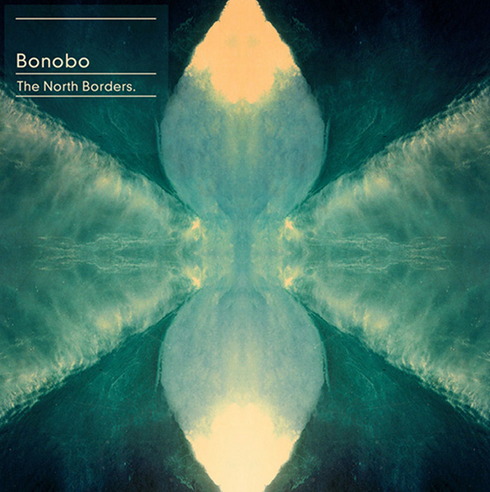To start off this project we took some origami books out from the library, these were so useful, looking at ways we can actually design the instructions for this brief, I think the easiest way of doing this is by drawing vector graphics.
Here are just a few logo idea's I have come up with for the name 'fold it'
Other names I have come up with include folded, simple, blintz (a type of oragami fold), the origami project.
I looked at existing origami logos for inspiration, I want the logo to be square and neat like origami itself also I would like it to be minimalistic.
Here are some very basic mock ups, I tried illustrating the vectors using illustrator, this went a lot better than I thought
Trying it out on a coloured stock, to see the impact it has.
Here are the instructions I have designed, I found it tricky designing in such a small space, this is something I may have to consider however we also have to think about cost
I designed them using illustrator, with the pen and line tool, I think it has worked well, however when we design them fully I think they would look better on bigger paper sizes as everything would be less cramped.




















































